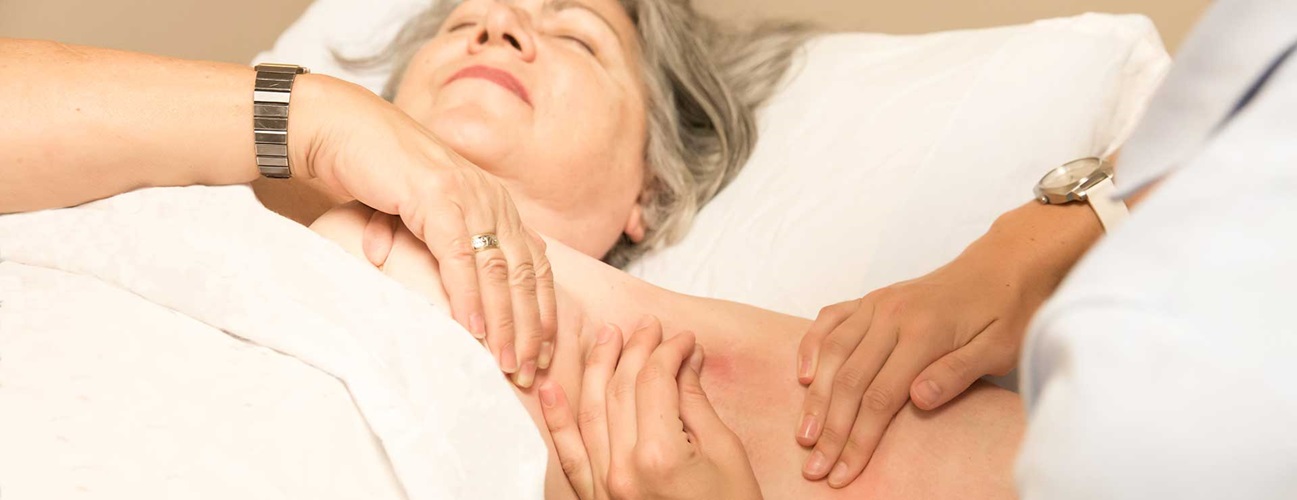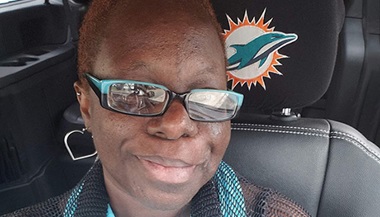Lymphedema: What Are Your Surgical Options?
Just below your skin is a vast network of lymph vessels that help rid the body of toxins, waste and other unwanted materials. These vessels, as part of the lymphatic system, filter fluid through the lymph nodes and then take the cleaned fluid — which now contains infection-fighting white blood cells — throughout your body. Lymphedema is an abnormal buildup of this fluid in any part of the body, but usually in your arms and legs. The main symptom of lymphedema is swelling of your arms or legs.
Here are the stages associated with lymphedema symptoms and treatment options for each stage.
What are the stages of lymphedema?
Based on your symptoms, your doctor will help assess which stage you’re in and tailor medical or surgical options to your needs.
Stage 1:
- You have no signs or symptoms.
- Abnormal flow in the lymphatic system.
Stage 2:
- Accumulation of fluid and swelling.
- Swelling goes away when you elevate the affected limb or body area.
- Pressing on the area may leave a dent.
Stage 3:
- Permanent swelling that does not go away when you elevate the affected area.
- Pressing on the area no longer leaves a dent.
- Scarring and thickening of the skin can be seen.
Stage 4:
- Elephantiasis (large deformed limb) is evident.
- Skin thickens
- Wart-like growths and extensive scarring on your skin.
Lymphedema vs. Lipedema | Q&A
Medical Options: How to Manage Lymphedema at Home
There are several medical options to help treat lymphedema, especially during stage 1 and stage 2. Compression, elevation, infection prevention, physical therapy and massage can help alleviate swelling and other symptoms. Make a plan with your doctor that uses some or all of these treatments.
Surgical Options for Lymphedema: What’s available?
If your lymphedema progresses despite using medical treatments, you may be a candidate for surgery. There are several options that your doctor will discuss with you:
- Liposuction: Once lymphatic fluid spills into your surrounding tissues, it can cause inflammation and stimulate fat stem cells to grow. Your surgeon removes this extra fat caused by lymphedema. Liposuction for lymphedema is typically an outpatient procedure with a very short recovery time.
- Lymphaticovenous anastomosis (also referred to as lymphovenous bypass): Your surgeon uses microsurgical techniques and equipment to reroute your lymphatic system, bypassing damaged nodes and connecting lymphatic channels directly into your veins. The lymphovenous bypass is an outpatient surgery. You can return to regular activity within a few days.
- Vascularized lymph node transfer surgery (lymphovenous transplant): Your surgeon transplants a group of lymph nodes from a healthy part of your body to the affected area, effectively rewiring the lymphatic system. This is an inpatient procedure with a recovery time of a few days before you can resumie regular activity.
- Charles procedure (skin grafts): Affected tissue is removed and your surgeon uses part of it as skin grafts to repair the area. Skin grafts require more extensive care of the surgical site after your procedure, and it can take up to one month to return to normal activity.
While there is no full recovery for lymphedema, these treatment options significantly lower swelling and discomfort. Talk to your doctor about the best treatment options for you. Find out more about treatment options at Johns Hopkins.







